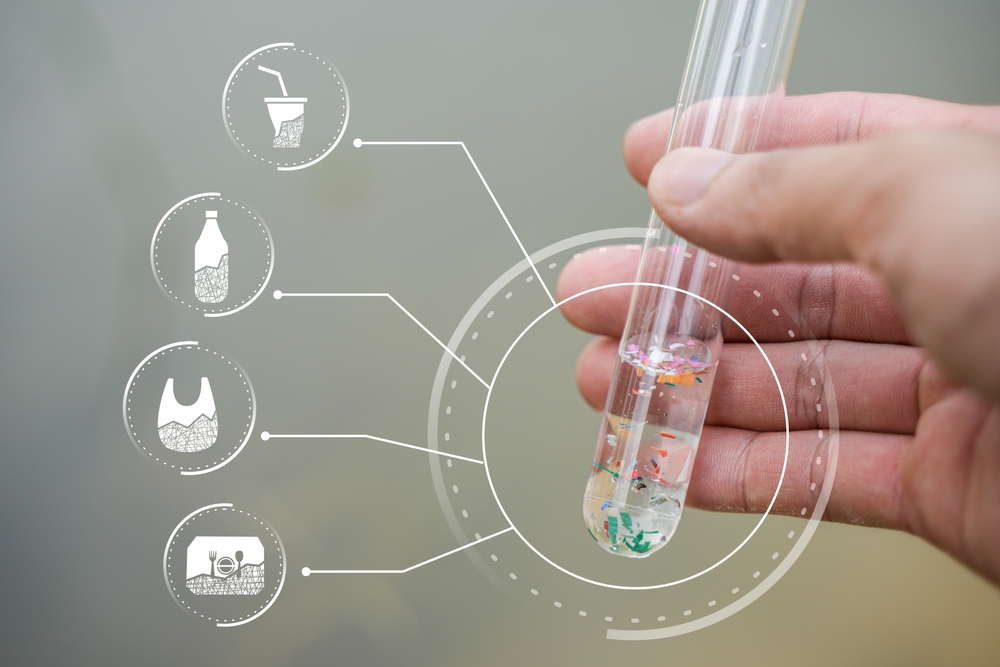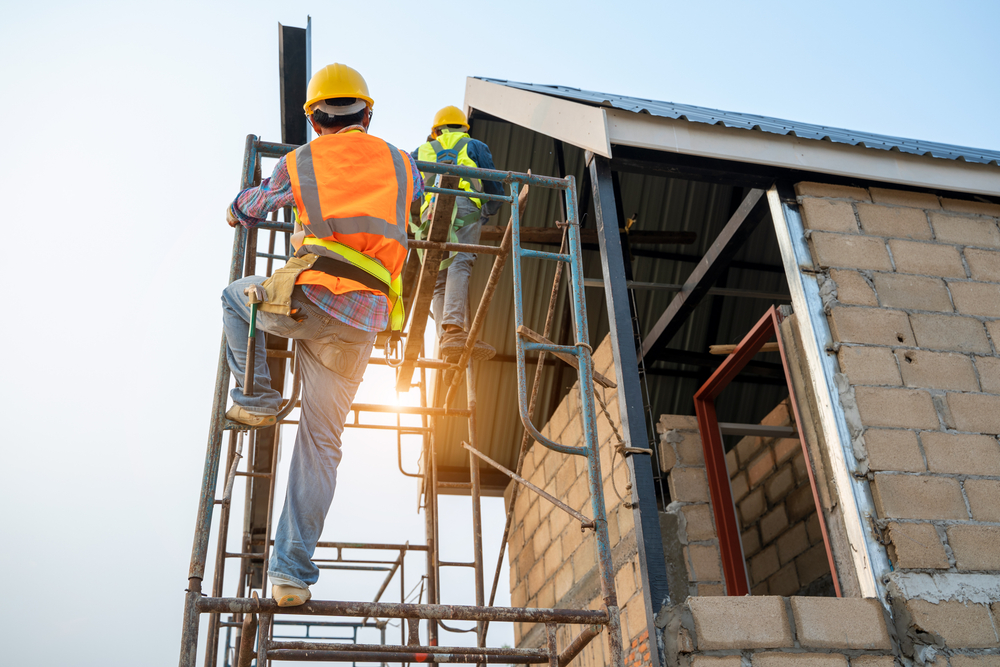Unfortunately, ladder deaths accounted for 161 on-the-job fatalities in 2020, which is the most recent year for available statistics. In addition, there were approximately 22,710 ladder-related workplace injuries reported. Even with these statistics ladder safety is often overlooked when developing a safety training program. The best way to ensure that everyone is properly equipped to use ladders is to include ladder safety as a key part of an ongoing training program. Below is a series of training topics that should be part of a quality ladder safety management program.
- Choosing the correct ladder: Make sure that employees know how to select the appropriate ladder for the job. Evaluations based on style, material, material weight, size, and duty rating are a few things to include.
- Inspection and Setup: One of the most important aspects of a ladder safety program is the inspection and set up process. Even a new ladder can potentially be damaged or otherwise compromised. An inspection checklist should be used to identify damage by looking for cracks, bent steps, illegible labeling, or any other aspect that would classify the ladder as unsafe to use. The inspection should also include a review of the general work area. For example, is there potential for a forklift to come around the corner, or an unblocked door to swing open and knock you over? Is the ladder set up correctly with all feet on a firm, level surface?
- Climbing Safety: Another important training aspect is safe operation and climbing. Employees must be made aware of standard practices including facing the ladder and maintaining a firm grip when climbing, hands should be free of materials by using a tool belt or some other means, such as a material lift, tag line, or rope, to raise equipment to the work area. The concept of maintaining three points of contact while climbing is critical to the training programs. Two hands and one foot or two feet and one hand should be on the ladder at all times. Another good rule of thumb is to always keep the belt buckle (central waist area) between the rails to prevent the ladder from kicking out.
- Working Safely: There are many tips to be shared about working safely on a ladder. Maintaining contact with the ladder while climbing, but also while working is critical. Warnings and labels provide ladder specific information such as, the top step and the top cap of a stepladder and the top three rungs of a single or extension ladder are not suitable standing surfaces. The few upper feet of the ladder are there for body support, so you do not have to balance on just your two feet. Lastly, if you are transitioning from the ladder onto another surface, your ladder must be secured to prevent accidental movement.
Understanding and recognizing the potential hazards when working on a ladder is often disregarded. Employers must make every attempt to ensure all employees who use ladders in the workplace are given the proper education and opportunity to be successful. Failure to properly train employees may end in improper selection, inspection, setup, and use of a ladder which increases the risk of injury.
To learn more about ladder safety management programs or to request a ladder safety training for your organization, contact CMI.
Written by: Cole Campbell, GSP



